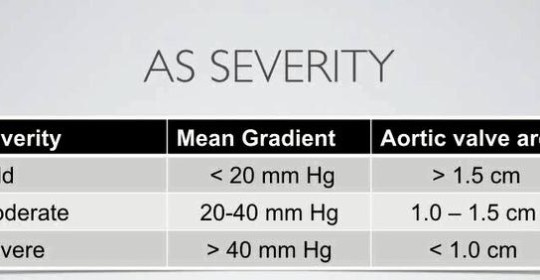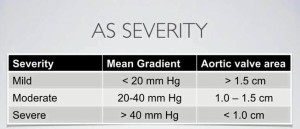
Transcatheter Aortic Valve Replacement (TAVR) Program
An unusually large patient cohort and state-of-the-art medical facilities have expedited rapid growth of the Transcatheter Aortic Valve Replacement (TAVR) Program at the University of Cincinnati Medical Center.
As with many other cardiac diseases, such as coronary blockages and arrhythmias, valvular heart disease is now increasingly being treated in a minimally-invasive manner. This is especially important because surgical aortic valve replacement is currently the main treatment for severe aortic stenosis (AS) patients – without surgery, the three-year survival rate is estimated at less than 30%, and 33% of all severe AS patients over the age of 75 are declined for surgery. 1 Despite the increasing implementation and success of TAVR, however, it is not yet widely practiced outside of academic medical centers.
With a large population of untreated aortic valve stenosis patients, University of Cincinnati Medical Center is positioned for rapid growth in this groundbreaking area, and has begun its own TAVR program under the guidance of Satya S. Shreenivas, MD, who joined the UC Heart, Lung and Vascular Institute in 2014 to take on the role of directing the new structural heart program. He says, “What attracted me is that there is an unusually large number of patients at this facility with untreated moderate-to-severe aortic stenosis. The need here is incredible, and I anticipate that we will grow rapidly to meet that demand.” He points out that in cases of severe, inoperable AS, the five-year survival rate is just 3%. Offering these patients advanced treatment has revolutionized their care.
In determining the severity of aortic stenosis (AS), clinicians often use guidelines such as those shown below. However, there are cases in which the numbers don’t correlate – a high mean pressure gradient may be associated with a very small aortic valve area, or the reverse. In such cases, it is important for physicians to remember that multiple factors affect an AS diagnosis. Particular values can be caused by other cardiac conditions or patients could be suffering from a condition known as “low-gradient AS,” which is associated with very poor prognoses if untreated.
Aortic Stenosis severity. Image courtesy of Satya Shreenivas, MD.
 Shreenivas and his colleagues have recently expanded their ability to offer multiple cardiovascular procedures, including TAVR, in their new operating room, which has been built at a cost of $6 million.2 This state-of-the-art hybrid operating room includes $2.6 million in equipment and advanced medical imaging devices.2 Shreenivas anticipates that this hybrid OR will be the site of many TAVR procedures in the future, as the hospital’s program, fueled by its large aortic stenosis patient cohort, continues to grow.
Shreenivas and his colleagues have recently expanded their ability to offer multiple cardiovascular procedures, including TAVR, in their new operating room, which has been built at a cost of $6 million.2 This state-of-the-art hybrid operating room includes $2.6 million in equipment and advanced medical imaging devices.2 Shreenivas anticipates that this hybrid OR will be the site of many TAVR procedures in the future, as the hospital’s program, fueled by its large aortic stenosis patient cohort, continues to grow.
References: 1. Spaccarotella C, Mongiardo A, Indolfi C. Pathophysiology of aortic stenosis and approach to treatment with percutaneous valve implantation. Circ J. 2011;75(1):11-19.
2. http://www.bizjournals.com/cincinnati/news/2015/06/16/cincinnati-hospital-unveils-6m-operating-room.html. Accessed June 25, 2015.
 Satya S. Shreenivas, MD
Satya S. Shreenivas, MD
Assistant Professor of Clinical Medicine
Department of Internal Medicine
Division of Cardiovascular Health and Disease
Director, Center for Structural and Adult Congenital Heart Disease
University of Cincinnati Heart, Lung and Vascular Institute
(513) 558-3344
shreensa@ucmail.uc.edu

